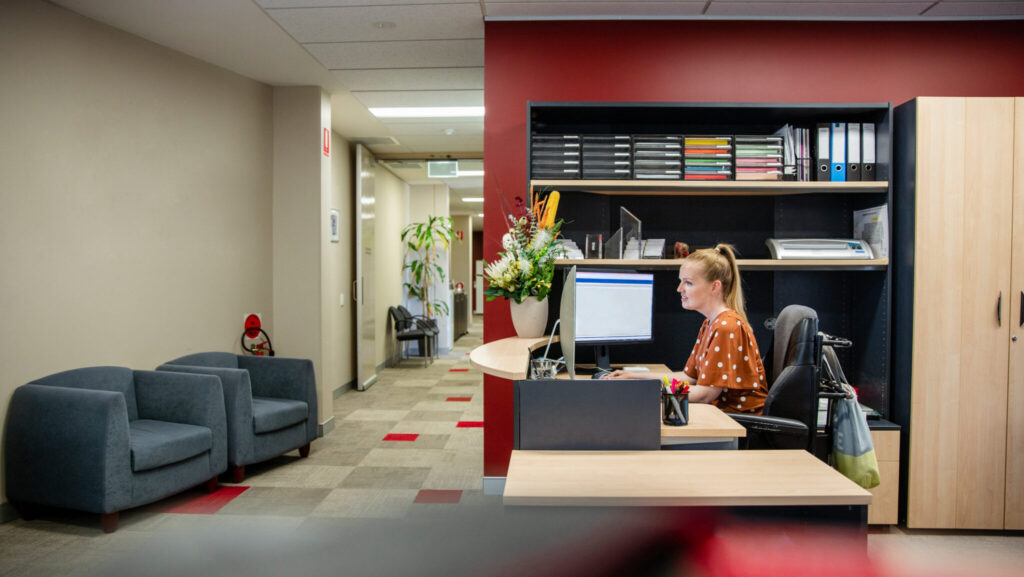
The U.S. dental industry may be losing as much as US$3.1 billion annually in potential revenue due to missed chair-time linked to administrative staffing shortages, according to a new survey by California-based Edge, a company that provides remote support staff for dental and medical practices.
Edge’s report claims that up to 15 per cent of weekly chair-time hours are lost because of scheduling errors and administrative bottlenecks. However, the firm did not disclose how it calculated the $3.1 billion figure.
While the survey highlights real challenges facing the U.S. dental workforce, the financial estimates have not been independently verified.
For comparison, the American Dental Association (ADA) estimates that dental offices in the United States generate US$478 billion in annual economic impact, with each dentist responsible for roughly US$2.4 million in output. The ADA’s Health Policy Institute reported in 2022 that practice schedules were about 83 per cent full on average that February — with patient cancellations cited as the leading cause, followed by insufficient patient demand and vacant staff positions.
Related: 65 British dental practices report zero missed calls after AI receptionist rollout
Related: Why your dental practice needs an AI receptionist (and what your marketing company won’t tell you)
‘Silent crisis’
Edge’s report describes a “silent crisis” affecting dental front-office operations, citing burnout, competition for qualified administrators and post-pandemic turnover as leading causes. The company says many small and mid-sized practices lack the resources to absorb staffing fluctuations, resulting in hiring delays and administrative backlogs. According to its data, administrative turnover in dental practices exceeds 38 per cent annually, contributing to persistent scheduling and billing gaps.
According to Edge’s survey data:
- It takes 35 days on average to fill key administrative roles, delaying billing and scheduling.
- 60 % of U.S. job seekers say they would not consider dental administrative positions, even at pay rates of US$25 or more per hour.
- The global pool of trained, HIPAA-aware remote administrators has grown 45 % in three years.
- 23% of U.S. dental admin applicants report prior exposure to HIPAA or formal privacy training at the time of the hiring.
- 42% of global respondents already understand compliance frameworks like HIPAA or GDPR.
- 67.5% of global job seekers are willing to take a 2-6 week courses to become eligible for such roles.